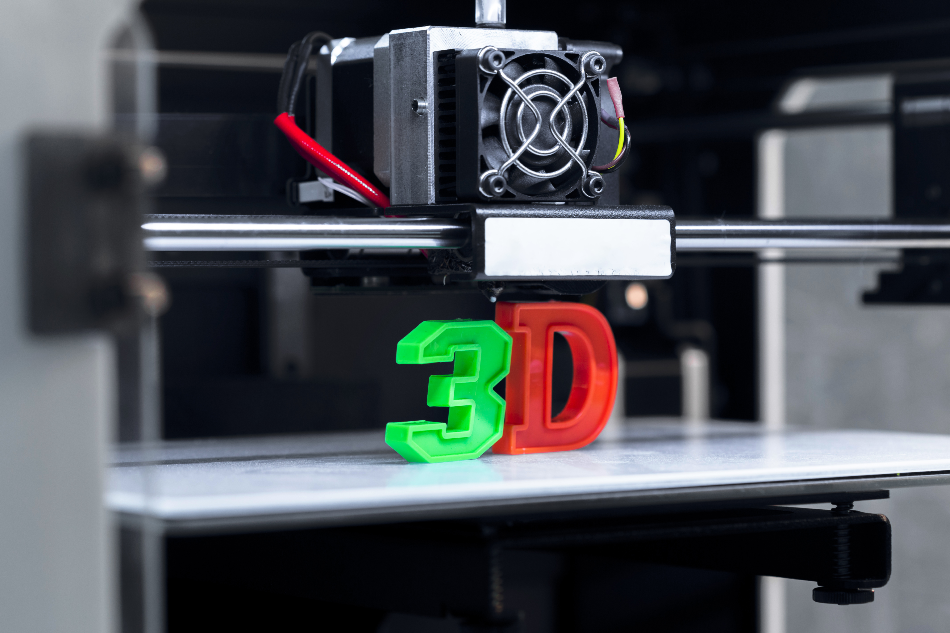
FabrikaSimf / Shutterstock
Back in 2015, Jennifer Hoffman, a quantum materials researcher who had previously held a position at Harvard moved to the University of British Columbia, Canada, to pursue advancements in the combining and creation of new quantum materials with atomic precision.
3D Printing Method
As part of this project, Hoffman set about developing a 3D printing method with the capabilities of printing nano-sized objects, measurable only at the scale of the atom. The project is still in progress, as Hoffman and her team strive to assemble quantum heterostructures through the process of printing objects atom by atom.
The team is working on creating the process to make the printing of atoms possible through the combination of two key processes. The first is molecular beam epitaxy (MBE), this is a process that vertically stacks individual atomic layers which represent the Z-axis. The second process they’re using will create the X and Y axis, and that is scanning probe lithography, and this relies on the use of a sharp tip to maneuver and place each individual atom in a lateral direction. In isolation, these processes do not have the capabilities of building 3D structures, but Hoffman’s team aim to combine them with 3D printing in order to make 3D structure builds at the atomic level possible.
In 2015 Hoffman stated that it would be between 5 and 7 years before any real results would be seen from their developments. So as early as next year we could see some groundbreaking progress coming out of the Canadian lab.
Developing a 3D Printing Technique at the Atomic Level
Meanwhile, a microscopy team at the DoE’s Oak Ridge National Laboratory has been developing a different technique in order to devise a method of 3D printing at the atomic level. The technique is based on the concept of nudging single atoms, within atomically thin material, to switch places.
The team has been working on injecting atoms of silicon within a single-atom-thick sheet of graphene with a scanning transmission electron microscope (STEM). The process relies on the electron beam’s energy disrupting the molecular structure of the graphene to create room for silicon atoms nearby to switch with a carbon atom. The scientists showed that they could build clusters of silicon atoms within the graphene layer.
The team at Oak Ridge is planning to continue to develop this process and will be taking it out of the laboratory to test its stability in non-laboratory environments. They’re not the only team using the STEM in this way, and we can expect updates on developments of this in the very near future.
New Advancements
Finally, new advancements have been made recently by incorporating machine learning into 3D printing. A research team at the University of Alberta have been working on using artificial intelligence to apply a machine learning technique to create a potential manufacturing revolution, where atomic-scale manufacturing can be automated.
The process is not yet commercially available but it is believed that it will cause disruption in the manufacturing sector by offering a way to 3D print at the atomic level autonomously. This could create entirely new functions that are not currently available to us with conventional technology.
Conclusion
The world of 3D printing atom by atom is a process that requires great delicacy and precision, and the research behind it is required to be extensive. For this reason, concepts are being worked on for a number of years, and we may not see applications of this sort of technology for a while yet.
However, developments are expected to rapidly advance the 3D printing industry, expanding its capabilities and opening it up to numerous applications in a variety of industries. In addition, it has the potential to transform the manufacturing sector and even create new industries.
Source
Disclaimer: The views expressed here are those of the author expressed in their private capacity and do not necessarily represent the views of AZoM.com Limited T/A AZoNetwork the owner and operator of this website. This disclaimer forms part of the Terms and conditions of use of this website.